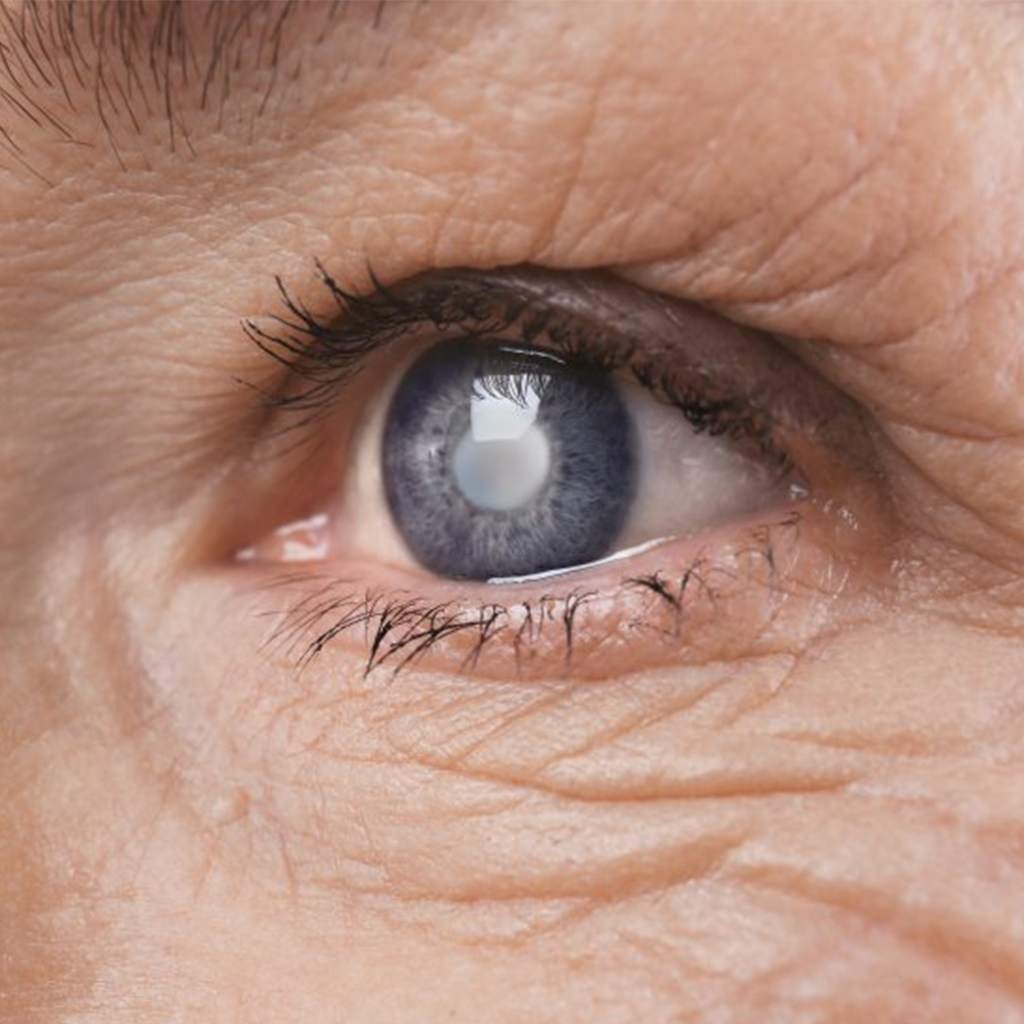Cataract surgery with intraocular lenses to correct vision defects

Publication date: 27-01-2023
Updated on: 28-04-2023
Topic: Ophthalmology
Estimated reading time: 1 min
Article Author
Lara BenvenutiMedical Editor
Salvatore Giglio
Editor and Translator
Viktoryia LuhakovaCataract surgery is the most performed surgical procedure in the world. It consists of removing the natural lens and replacing it with an artificial one. Not everyone knows, however, that such surgery, which has always been thought of simply as resolving a specific pathology, lens opacification precisely, can also become corrective in nature for refractive purposes, thanks to the use of intraocular lenses that correct visual defects.
Let's take a detailed look at this possibility with Dr. Salvatore Giglio, ophthalmologist and head of the Ophthalmology Unit at the San Siro Clinical Institute.
Cataract: what is it and when to operate?
Cataracts are the most commonly encountered eye disease in the elderly and are caused by opacification of the lens found inside the eye, the crystalline lens.
We imagine the crystalline lens as a transparent, biconvex disc-shaped lens positioned between the iris and the vitreous body, anchored to the ciliary body by ligaments; through the ciliary body, its curvature is varied to adjust its refractive power and consequently its focus so that we can see objects placed at different distances sharply.
It works like a camera: increasing the curvature we sharply see closer objects, while decreasing it will bring more distant objects into focus.
"During cataract surgery, the opacified natural lens is removed and a transparent artificial lens, the so-called IOL (Intraocular Lens), is inserted," Dr. Giglio explains.
The symptoms that lead the patient to surgery are:
- blurred vision;
- progressive decline in distance vision;
- glare in frontal light (especially during night driving).
How is cataract surgery performed?
"In order to rule out pathologies or anatomical changes that might compromise a full recovery, the patient will undergo a series of scrupulous examinations during the prehospital stay," he continues.
3 days before surgery, the patient should follow a prophylaxis consisting of:
- instillation of eye drops;
- careful cleaning of the eyelid rim.
The procedure is short in duration and performed in day hospital, involves topical local anesthesia by eye drops.
"The postoperative course is rapid: the patient will need to cover the operated eye with an eye patch for 1 day until the follow-up visit on the day after surgery, and will need to instill more eye drops for about 15 days. Visual recovery will occur as early as the day after surgery."
From cataract surgery to intraocular lens
The main purpose of classic cataract surgery is to remove the opacified lens and restore clear vision; only in some specific cases the spectacles can be removed either by distance or by reading. With the classic surgery, in which monofocal lenses are implanted, major refractive defects, such as nearsightedness, farsightedness, can be corrected only partially.
"Instead, with the new technologies and the inclusion of the new intraocular lenses, Premium IOLs, complete correction of all refractive defects (even presbyopia!) and the elimination of glasses are guaranteed!" the doctor specifies.
Indeed, we can correct major refractive defects:
- myopia;
- hypermetropia;
- astigmatism;
- partially presbyopia.
"Cataract surgery is moving, therefore, from being a purely pathology-resolving procedure, that is, with the sole purpose of eliminating visual opacification, to being a true refractive surgery procedure, that is, one that also eliminates glasses," Dr. Giglio concludes.